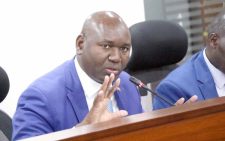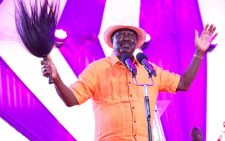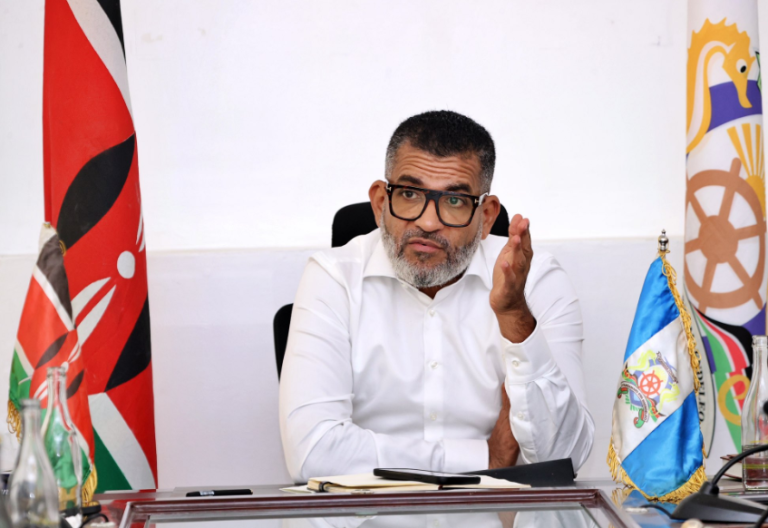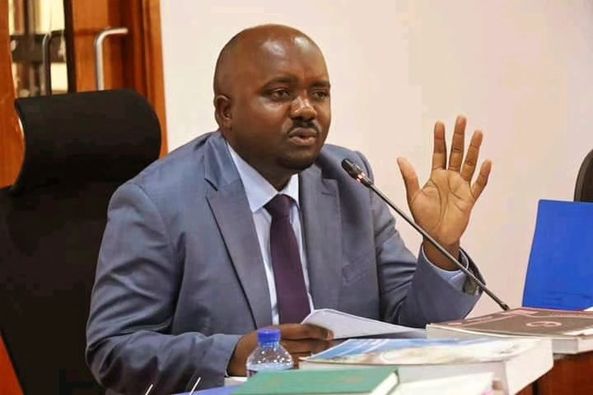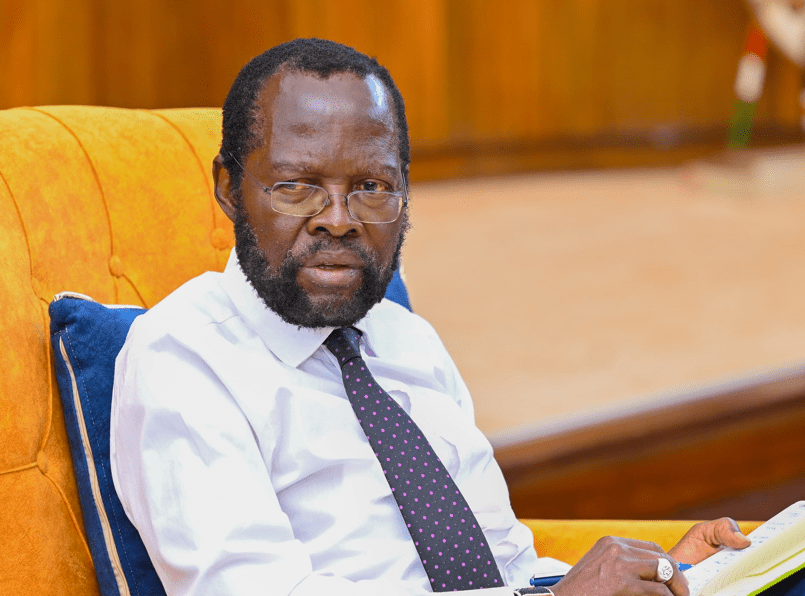Leakey was loved and loathed in equal measure
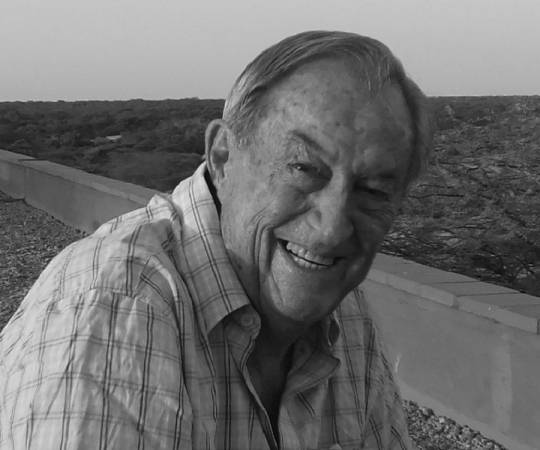
Anthropologist, conservationist and political figure Richard Erskine Leakey, who died on Sunday, undoubtedly had a decorated history due to his roles in the public sector.
His involvement in extensive fossil finds particularly the discovery of a near-complete 1.6 million-year-old skeleton of a Homo erectus as well as elephant and rhino conservation put him on the global stage.
Despite his modest educational background, Leakey had at the time of his death, accumulated 15 honorary degrees, more than 30 awards and had occupied several high-profile influential positions in the Kenyan public and private sectors.
Leakey, who was born on December 19, 1944, however, courted controversies wherever he went, putting him on a collision course with government, fellow anthropologists, conservationists and politicians who did not hesitate to expose his failings.
Several brushes
Leakey had several brushes with death, from surviving a fractured skull as a result of falling from a horse when he was a boy, biting from a puff adder, survived a terminal kidney disease he contracted in his early 20s, liver failure, a plane crash in 1993 after he lost control of the chopper he was navigating, leading to an amputation of his both legs.
Following the biting from the deadly snake, his father. Louis Leakey, swiftly injected him with anti-venom and saved his life.
Then his liver failed and his young broyher, Philip, donated a slice of his own to salvage the situation.
And despite several near-death incidents in his life, Leakey remained an atheist all his life.
He identified a spot near the shores of Lake Turkana as being worthy of exploration. From the late 1960s he led expeditions there, finding stone-age tools, skulls and remains of early humans, including ‘Turkana Boy’.
Appointed to head Kenya Wildlife Service in 1989 “with the express purpose of moulding it into a service-oriented organisation and bring rampant poaching under control”, Leakey, who had a long stint at the National Museums of Kenya as director, used his reputation to rebuild confidence in the service it and “deservedly cementing his place in Kenya’s conservation history”.
“By the time he led the late President Daniel Moi to light a bonfire that consumed ill-gained ivory worth Sh60 million, Leakey had already secured a legacy that remained unquestioned by all who adored him, even in the face of reports that painted him in a not-so-rosy image.
“Leakey’s life story is coloured by an extraordinary degree of his own importance in the conservation arena,” carnivore ecologist Mordecai Ogada and award winning journalist John Mbaria wrote in their book “The Big Conservation Lie”.
However, his critics, who included fellow researchers and Tourism Cabinet Secretary Najib Balala, never had kind words for Leakey, accusing him of setting out to kill the same wildlife.
Balala, for instance, accused Leakey of sabotaging the translocation process in which 14 rhinos died because he was bitter that his contract at KWS was not to be renewed. “Unbeknown to a praise-singing world, Leakey began a long tenure of mismanagement that fed into what was seen as a deliberate scheme to weaken KWS. This left the wildlife agency on its knees, which encouraged some of the donors to call the shots as one of the directors after another went on begging missions. But they could not outdo Leakey at his game. The man had almost personalised KWS’s relationship with donors to an extent that when they left his placement, David Western was unable to draw to the agency the same amount of funding,” Ogada and Mbaria said of Leakey.
To his critics, Leakey, who dropped out of school at the age of 16, was an uneducated person, who was not qualified for the positions he got, ran KWS like a personal business, and to others he was pursuing personal interests, mostly in the fossil hunting career where he allegedly conspired with police to fix his fellow researchers.
“When it was formed, KWS had a high turnover of directors, but the lingering image and person of Richard Leakey, a high school dropout, has continued to dance from all matters of social, cultural, and economic contradictions.



